
PE winding cable label
Wrapped cable labels, also known as covered cable labels, consist of two parts. The upper part is a white or colored printed coating, and the lower part is a transparent protective film. When in use, the printed area can be covered with a transparent protective film for protection. The transparent protective film should have sufficient length to wrap the cable in one or a half turns, and the adhesive position should be within 3-10 centimeters from the cable joint. The label content should be clear and visible, and the label should be made of a medium that is not easily detached. The diameter of the cable determines the length of the required wrapped label
Product Features
1. A material specifically designed for cable identification, which is a matte treated transparent polyolefin film with acrylic pressure-sensitive adhesive
2. Leave a blank area for heat transfer printing
3. The appearance is uniform, transparent, and has good waterproof and oil resistant properties
4. The effect is natural and harmonious, with excellent performance
5. Used in situations where PE label materials cannot be used due to environmental requirements
6. After laminating, there are multiple colors available for selection, including red, orange, yellow, green, and green
7. Various specifications can be customized according to customer requirements
Synthetic paper multi-layer stickers
Synthetic paper multi-layer sticker (a type of PP material): It looks like paper, has a matte white color, and has undergone biaxial stretching treatment. The material is tough and has good resistance to compression. At the same time, it has good thermal transfer printing performance and a hard material texture, suitable for flat or hard surfaces. It is widely used in electronic components and daily chemical products.
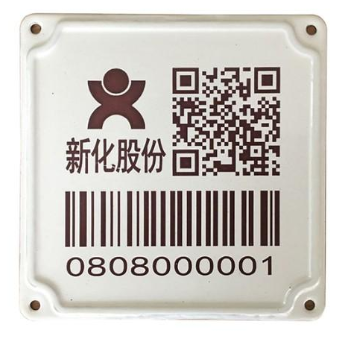
High temperature resistant ceramic label
The materials used are stainless steel and ceramic glaze, which are composite together. The substrate is stainless steel and the surface is ceramic. They are fused together through high-temperature sintering at around 1200 degrees Celsius. On the high-strength alumina engineering ceramic substrate, barcode labels are generated by high-temperature glaze firing. The barcode symbols are well protected by transparent high-temperature glaze, and the ceramic barcode can withstand extremely harsh environments such as acid, alkali, salt, fog, sunlight exposure, and even flame grilling for a long time
The excellent performance of liquefied gas cylinder barcodes precisely meets the requirements of permanent automatic identification and labeling of gas cylinders, and the existing commercialized products that have undergone batch durability testing
The basic information of high-temperature resistant ceramic labels is as follows
1. Base material: stainless steel 304, industrial 99 ceramic powder
2. Surface glaze material: imported transparent glaze porcelain glaze
3. Label size: The size can be customized according to user requirements
4. Barcode parameters: one-dimensional barcode, two-dimensional barcode, barcode format, size, resolution and other technical parameters can be customized according to user requirements
5. High temperature resistance (up to 1200 ° C or above), acid, alkali, salt, and mist corrosion resistance, and resistance to organic solvent scrubbing
6. The text information on the surface of porcelain tiles is not easy to scratch and can last for decades without fading, making it a permanent barcode for use
7. Barcode resistant to high temperature of 1200 degrees Celsius
8. The impact resistance of the steel cylinder QR code is tested using a 10 meter drop test. After free fall, the ceramic on the surface remains undamaged

High temperature resistant and removable vinyl sticker
Ethylene based removable stickers have a removable adhesive backing that can be peeled off and re applied multiple times without leaving any adhesive residue on the product. It can be used at a temperature of 120 ℃, and at a temperature of 150 ℃, it can be used for a short period of time. It is coated with a removable and soluble acrylic adhesive, which can be easily peeled off from one backing material and stuck to another. The label is intact and can be reused multiple times. It is easy to tear off and will not leave any marks. With the development of society, the usability of removable adhesive stickers has gradually increased in demand in various industries and has been widely used.
Suitable for high-temperature processes such as sheet metal painting, masking, baking, glass curing, etc. (commonly used for temperature resistance of 0-150 ° C for 20 minutes), it does not bubble, curl, glue, yellow, or easily corrode by various chemical substances in the flux after passing through the furnace.

Tire vulcanization label
OwnLikes is specifically designed for the application of barcode and tire number etching on all steel tires. The rubber surface is composed of permanent rubber based adhesive, which is heat-resistant and can accompany the entire tire life cycle after vulcanization with the tire
Application:
Attach barcode labels to tires during production and maintain them throughout the entire lifecycle of the tire. Provide feedback on the production date, installation date, and date of use of the tire at any time to provide reliable raw data for quality assessment
Features:
Excellent high temperature stability to withstand the heat and pressure of tires during high temperature and sulfur treatment (up to 210C)
Excellent durability and wear resistance
Excellent chemical corrosion resistance: Strong waterproof, acid resistant, salt resistant, alkali resistant, most petroleum oil stains, oils and low-fat solvents, adhesives can penetrate into the concave surface and firmly bond to the softening agent that penetrates the tire surface. When the car is in operation, the barcode will not fall off on its own, and manual peeling will not damage the rubber on the tire surface
Excellent barcode/heat transfer printing effect, combined with Xiyan VR-30 carbon ribbon, ensures 100% accurate reading and scanning on the high-speed conveyor line before and after vulcanization
Excellent adhesion: When the tire is removed from the mold, it has strong flexibility to withstand tire deformation
We offer comprehensive technical support, including free professional labeling solutions, advice on label materials and adhesive selection, as well as online/offline assistance from professional software and hardware engineers. Service email: andy@ownlikes.cn. In pre-sales, we leverage our extensive experience in specialty labeling projects to provide clients with the most suitable hardware solutions. Additionally, all our label barcode printers and scanners come with a three-year free warranty, demonstrating our confidence in our products.


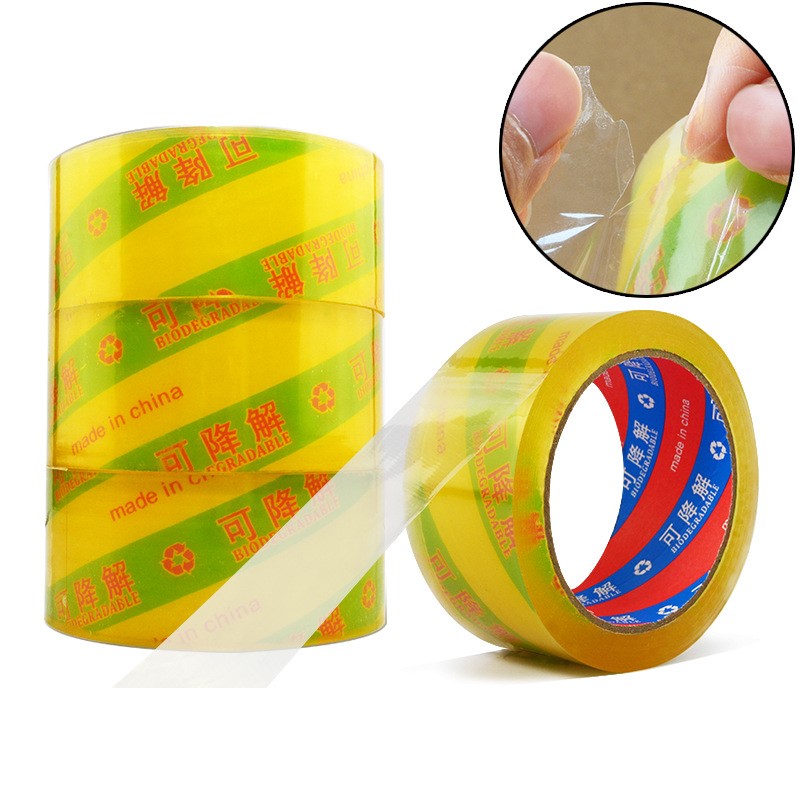
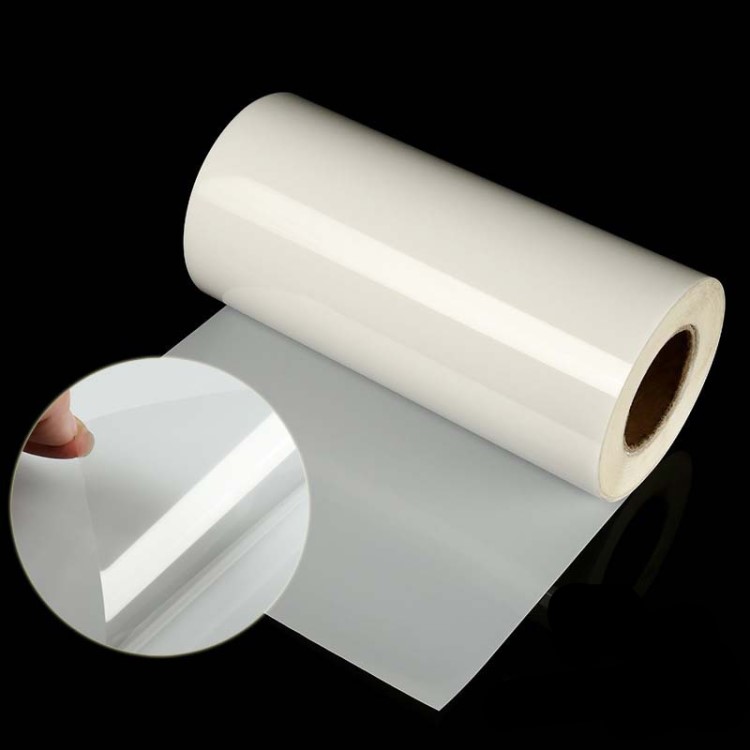
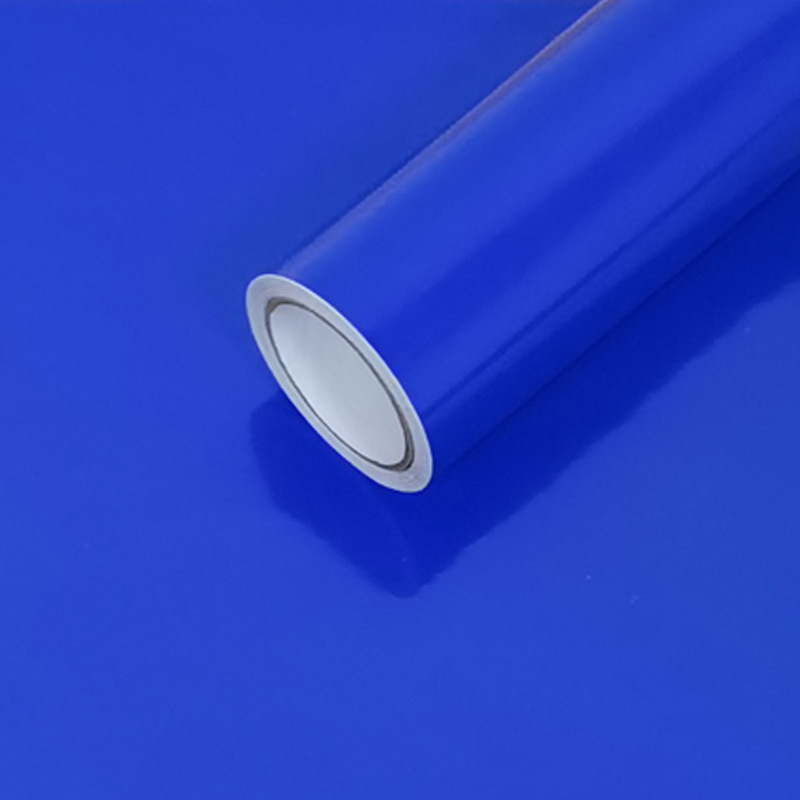
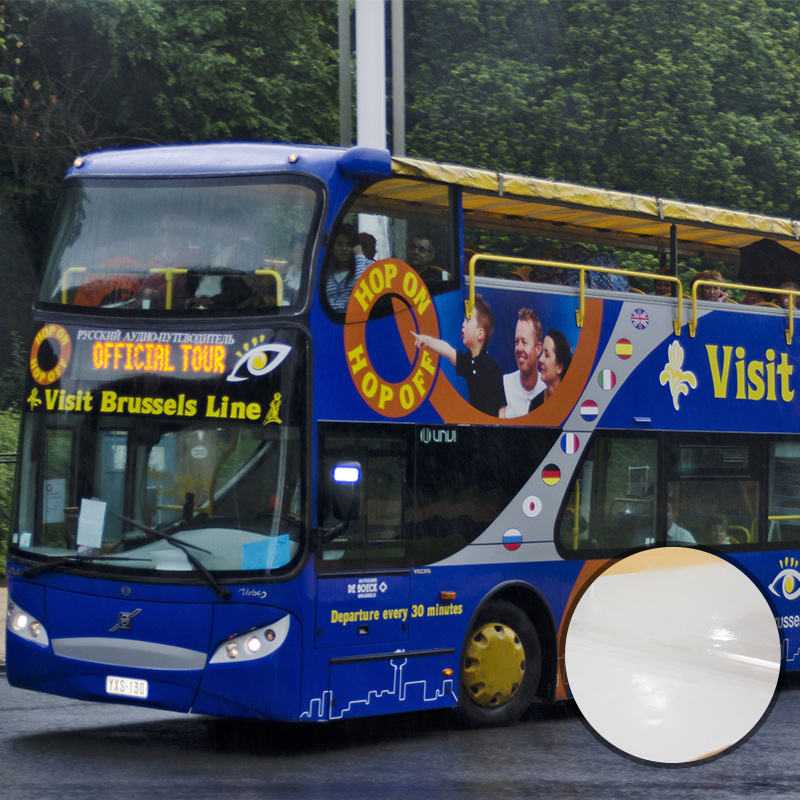
This site is protected by reCAPTCHA and the Google Privacy Policy and Terms of Service apply.